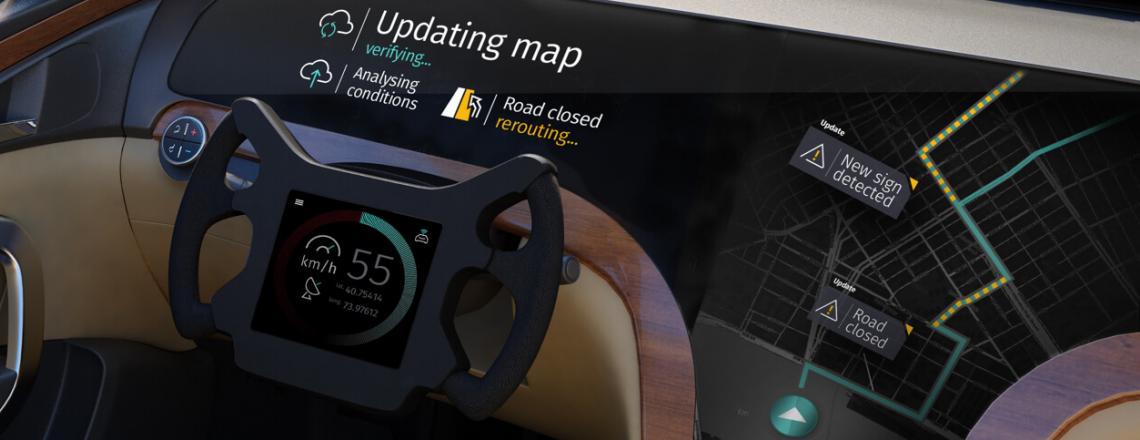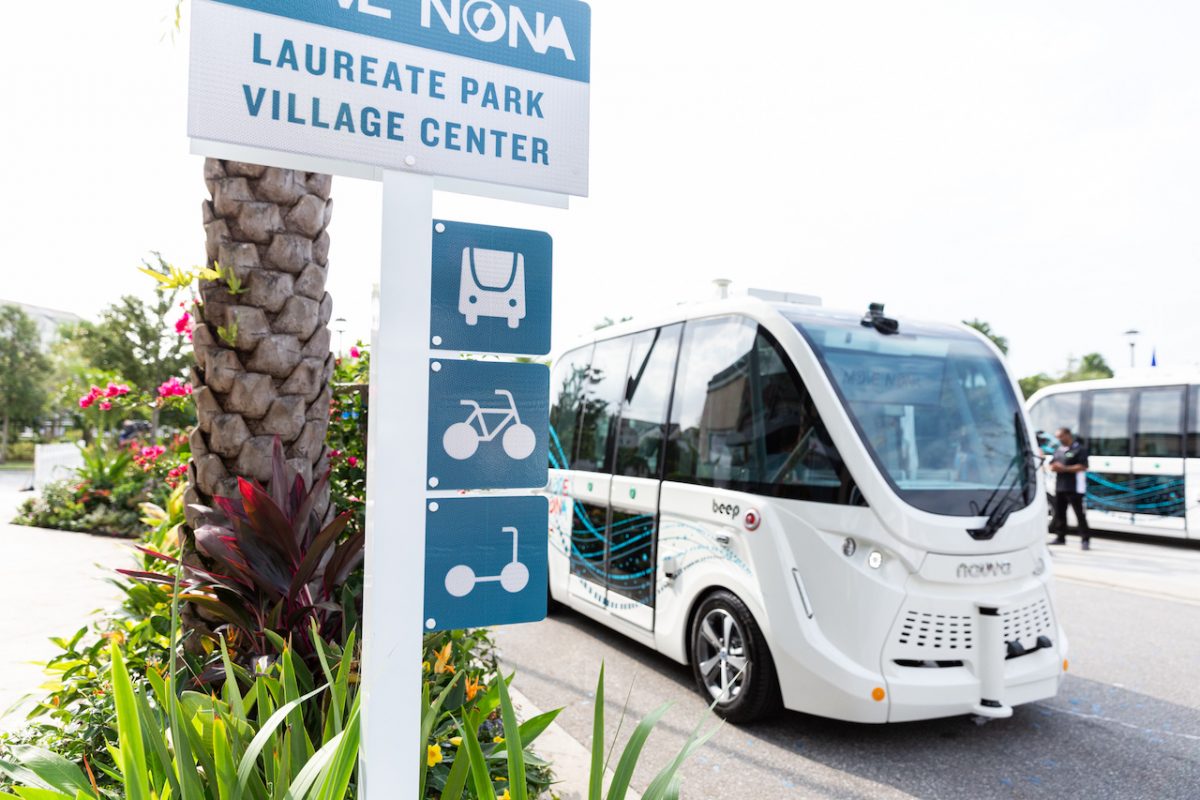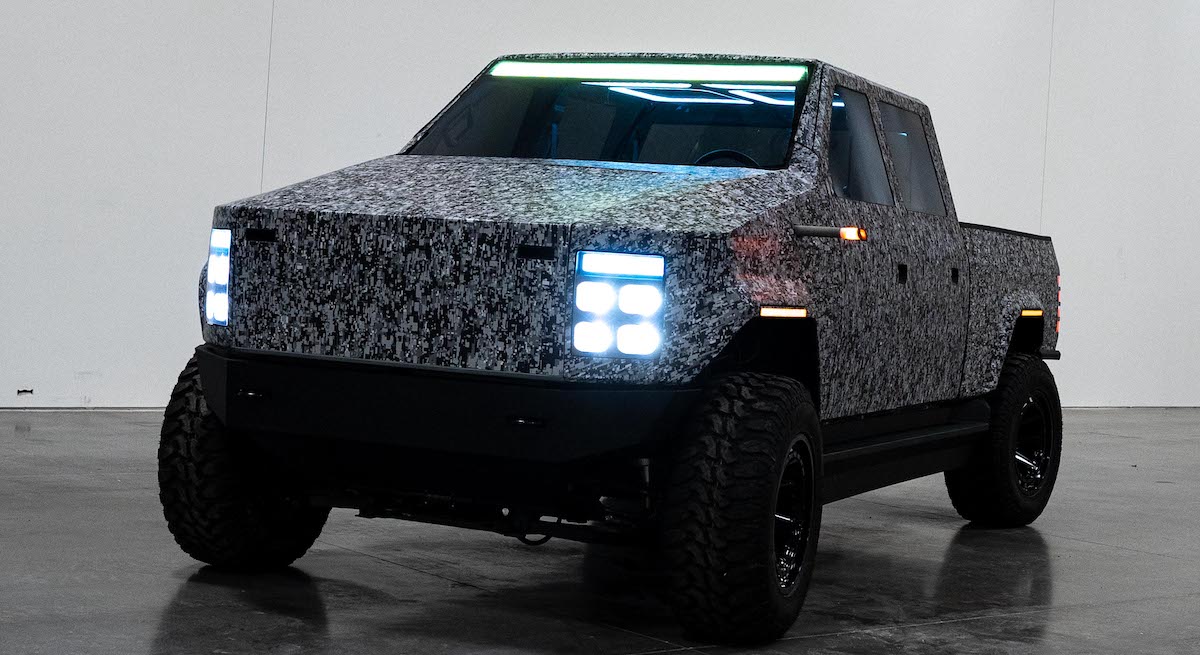The automotive industry is evolving fast. Legislative requirements for vehicle safety, fuel economy and emissions are playing a huge role, while consumer demand is spurring unprecedented investment in, and the rapid development of, connected car technologies.
OEMs and Tier 1 suppliers, as well as tech companies, are bombarded with a growing list of challenges as the rise of the connected car reaches new heights. Safety is a primary concern, as recent reports highlight the vulnerability of connected cars to hackers. Writing recently for Automotive World, Shanmugasundaram M., Associate Director of Product Engineering at Happiest Minds, suggested that the threat of cyber attacks is “only set to worsen as more connected cars hit the road.”
However, the connected car also offers many opportunities, not just for OEMs and Tier 1s, but for academia, authorities and entire states and countries.
Smart Corridor extension
Planet M is an initiative set up by the Michigan Department of Transportation (MDOT) to represent the collective efforts of OEMs, suppliers, academia and authorities that are transforming mobility across the US state. It has adopted a vision for the connected car’s role in transportation, with an increasingly strong link between the vehicle and the surrounding environment.
As a result, Planet M is playing an integral role in the development of Michigan’s Smart Corridor – a stretch of freeway that runs straight through the heart of Michigan’s automotive and technology development area, where many OEMs and Tier 1 suppliers are based. It links this to a number of other areas that are important for the development of connected car technology, like MDOT’s test bed in Oakland County and the Ann Arbor Connected Vehicle Test Environment.
“In 2014, we made a commitment as part of a consortium to develop 125 miles of Smart Corridor,” Kirk Steudle, Director of MDOT, told Megatrends. “During the summer of 2016, we agreed to expand this to 350 miles by the end of 2018. This means we need to continue to work with manufacturers and suppliers to carefully and strategically identify locations for the construction of roadside units and Smart Corridor technology.”
MDOT carried out the first phase of freeway equipment installation in 2015 as part of a consortium with General Motors, Ford and the University of Michigan. This involved installing 17 sensors, cameras and wireless devices across a 32km (20 mile) stretch of freeway, which will help to enable vehicle-to-infrastructure (V2I) and vehicle-to-vehicle (V2V) communication.
From a deployment standpoint, connected automation has to be rolled out all over the country and all over the world, so that we can continue this collective knowledge that helps fuel progression
V2I and V2V opportunity
One of the main benefits of creating a Smart Corridor in Michigan is the development of technologies thanks to real-world tests. Steudle said that OEMs are eager to trial their new connected vehicle technologies on public roads, as tests on private roads are limited in their ability to replicate real life situations.
However, the primary purpose is to make the Smart Corridor fit in Michigan’s traffic management system. The sensors and cameras are currently being used to collect data from vehicles, such as speed and location, allowing Michigan’s authorities to better manage traffic flow.
“We have a corridor with about 22 traffic signals that are broadcasting signal phasing and timings to cars,” Steudle noted. “By connecting these up to the cars, we can send a notification to the driver that says, ‘If you adjust your speed to X, you can drive through the corridor without stopping at any lights,’ which eases the traffic flow and keeps everybody moving.”
This is the “initial phase” of using V2I technology, he said. The on-going development of Michigan’s Smart Corridor is highly reliant on progression in V2I and V2V technology, as the next step would be for the traffic signals to receive information from cars, which could dramatically lower the chance of a crash. “The traffic signal could receive information from two cars that are approaching an intersection, one of which is about to run a red light,” Steudle described. “It can send a message to the other car to tell it to stop, even though it has a green light. That’s a long-term vision, but we’ve already proven it’s possible with tests.”
The Holy Grail
In December 2013, Michigan became the fourth US state to allow self-driving cars on public roads. This gave OEMs a free pass for testing autonomous vehicle technology in real-world conditions.
Looking to the future, Steudle discussed the potential use of autonomous vehicles along the Smart Corridor. “The Holy Grail is connected automation, with autonomous cars becoming much smarter through connectivity with other autonomous cars. Society encourages people to talk to each other, because if somebody is very smart but doesn’t speak, the body of knowledge is limited, but when smart people talk, the body of knowledge and the level of information increases,” he mused.
The same idea applies to vehicles, Steudle affirmed. Like many experts, he believes that transport will become safer with the introduction of autonomous vehicle technology. “However, I don’t think we will achieve a truly safe environment until that autonomous vehicle is connected, not only to other autonomous vehicles but to the Internet of Things.”
Planet M is about leveraging assets across the whole ecosystem of private industry, academia and government bodies in Southeast Michigan
The entire ecosystem
Planet M is not just about helping to construct smart roads and infrastructure, Steudle emphasised: “It’s also about leveraging assets across the whole ecosystem of private industry, academia and government bodies in Southeast Michigan. There are 376 companies, including OEMs and suppliers, involved in automotive R&D in the area, which represents around 75% of global automotive companies.”
On the academic side, the University of Michigan and Michigan State University play a key role in Planet M. These are carrying out research in connected automated vehicles that will be “vital” for the future of the industry. Even the state’s schools are educating students as young as 14 in the connected car area, Steudle revealed.
“Then there are the test facilities that are very important,” he remarked. “One is Mcity – an autonomous village at the University of Michigan that has been wildly successful and is oversubscribed with activity. OEMs use it to test and carry out research for autonomous vehicle technologies.”
Another is the American Center for Mobility, which is being built in Ypsilanti Township, near Ann Arbor, on the site of a former General Motors transmission factory. This factory was decommissioned in 2009, and is now a 300-acre car park. The new facility will be a “much larger, more detailed version of Mcity,” Steudle explained, where OEMs will have the ability to conduct high-speed autonomous vehicle testing in both rural and urban areas, certifying and validating technologies before taking them to market.
We view Michigan as the centre of this world of connected automation. Technology in the automotive industry is changing fast, and it is changing because of our expertise
Former glory
The fact that the American Centre for Mobility is being built on the same site that housed GM’s transmission factory is perhaps testament to the state’s endurance as a powerhouse for the automotive industry. Several OEMs, including GM, have also recently made investments in plants across Michigan.
“There is no doubt that the American auto industry was on its knees in the midst of the recession,” Steudle recalled. “But it’s picked itself up, just like all of us here in Michigan knew it would, thanks to the determination of people that wanted to make sure it would recover and once again begin to thrive. Personally, I think it is now stronger than ever.”
In the hope of promoting further growth and expansion in the automotive industry, Steudle said that Planet M would work to ensure “even greater collaboration between businesses, governments and academia.” He also suggested that closer relationships could be formed between Michigan and other US states, as well as other countries. Authorities in Texas, for example, are establishing a similar activity, and Michigan has agreed to collaborate and help set it up. Steudle also revealed that MDOT has agreed to work alongside authorities in Ohio and Pennsylvania on the deployment of connected automation. Partnering with neighbouring states, he added, is one of Planet M’s goals, as it would permit the development of Smart Corridors that connect these locations in a new way.
Like Michigan, Nevada is also positioning itself as a hub for the development of autonomous vehicle technology. Several OEMs, including Hyundai, Kia and Mercedes-Benz have received permits to test autonomous vehicle technologies on public roads across the state. Steudle would not reveal if Nevada could be a potential partner for MDOT, but he did suggest that connected automation must become a global phenomenon: “From a deployment standpoint, connected automation must gain traction all over the world. It would be neat if it succeeds in Southeast Michigan, but that’s not ubiquitous. It has to be rolled out all over the country and all over the world, so that we can continue this collective knowledge that helps fuel progression.”
However, despite the possibility of working alongside others, Steudle concluded: “We view Michigan as the centre of this world of connected automation. Technology in the automotive industry is changing fast, and it is changing because of our expertise. Over the next five to ten years, you will see Michigan out in front, leading the way.”
This article appeared in the Q3 2016 issue of Automotive Megatrends Magazine. Follow this link to download the full issue.



